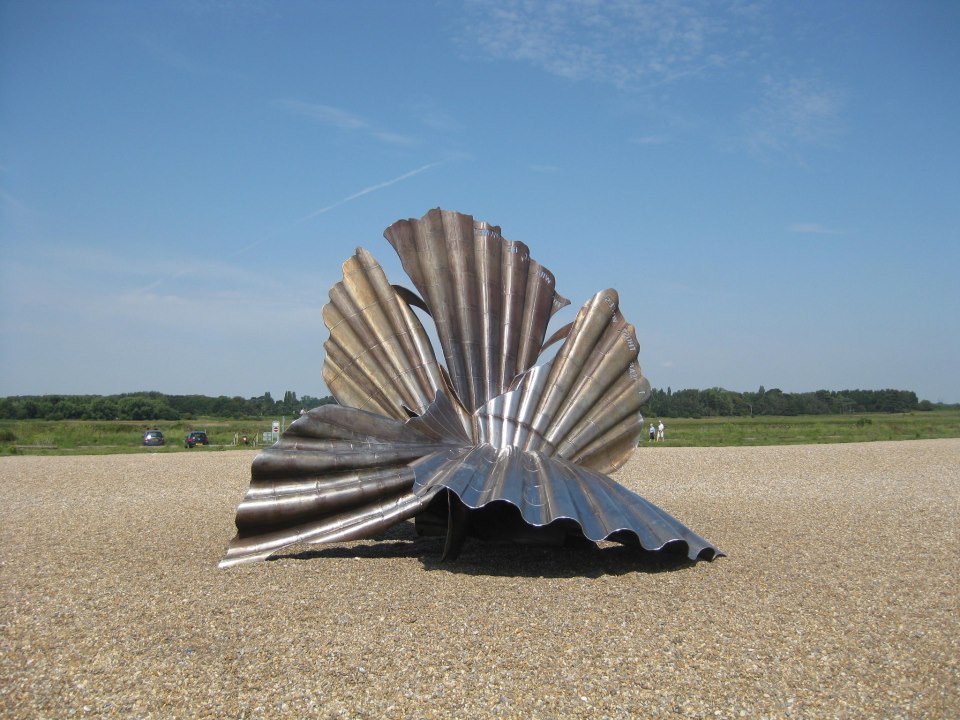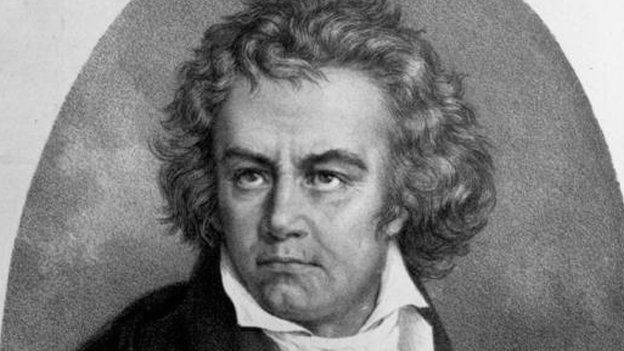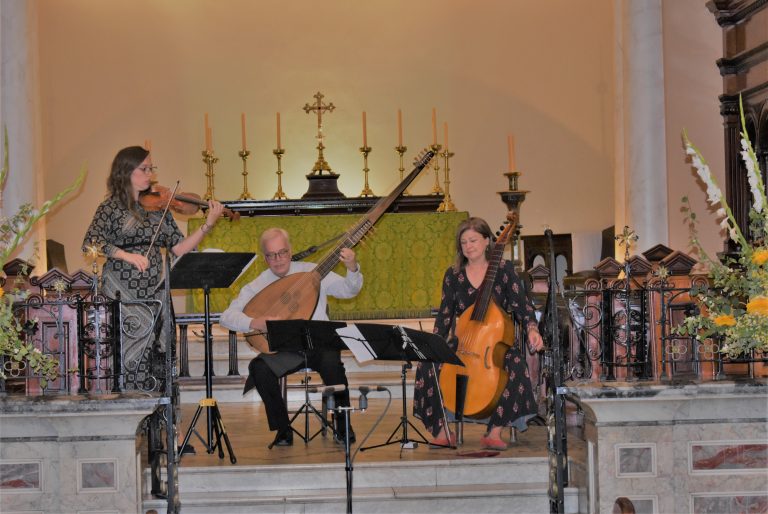Opera in Sydney – A Sign of our Times
In an interview on radio some years ago, Adrian Collette, then CEO of Opera Australia (OA) was challenged with the assertion that opera was an art form for the elite. He countered ably, with the observation that the only thing elite about opera was the training undergone by its practitioners.
Claims of elitism in the form of foreign languages, impenetrable dress codes, mysterious protocols, jargon and cost do not distinguish opera from any of the other many leisures pursued by thousands – think horse racing or sporting clubs and exclusive members’ enclosures.
Nonetheless, a bid to de-mystify opera, to reach new audiences and boost the box office are elements behind recent changes in direction which have seen OA present amplified productions in the opera theatre, TV and music theatre personalities in OA productions, and outdoor opera on Sydney Harbour. These are strategies for which all management and the board are responsible. What are the implications of these trends – both in the immediate future and in the longer term – not just on performers, but on audiences and on opera itself?
Opera in outdoor settings is nothing new. Think back to The Three Tenors, in 1990. Their inaugural concert on the eve of the FIFA World Cup final, at the ancient Baths of Caracalla, in Rome boasted the most impeccable credentials. Pavarotti, Domingo and Carreras sang with the orchestra of Maggio Musicale Fiorentino and the orchestra of Teatro dell’Opera di Roma, conducted by Zubin Mehta. The concerts were a huge commercial success and the formula was repeated numerous times around the world and at subsequent FIFA World Cup tournament finals.
Elsewhere around the world opera has been hosted in London’s Hyde Park, in Baalbeck, Lebanon, in Verona’s massive arena (this year celebrating its centennial), amongst the pyramids, on Lake Bregenz in Italy, not forgetting concert performances in Sydney’s Domain, during the Sydney Festival. Given Sydney’s weather, spectacular landscape and skill base – both on stage and behind the scenes – there is no reason why this city shouldn’t present its own version of an outdoor opera based production.
By all accounts Opera Australia’s second opera on Sydney Harbour was a commercial success and well attended. Opera Australia announced that 2013’s Carmen outdid 2012’s La Traviata. “Box office takings for Carmen were an estimated 5% higher than for La Traviata, at just over $6 million, with attendance close to 41,000.” The audience included 44% of ticket buyers who had never before attended an Opera Australia event and a significant regional contingent.
Likewise, OA’s first venture into the world of musicals with the Lincoln Centre’s production of South Pacific was so commercially successful, it is being reprised in 2013 with a run in the opera theatre for 7 1/2 weeks from September 10th to November 2nd. It is also being taken on tour to Perth. Continuing this trend in programming musicals, The King and I is planned for Sydney n 2014.
Carmen on Sydney Harbour and South Pacific have seemingly ticked the boxes for sales, attendance and new audiences. So why are opera lovers so alarmed at opera being bumped from the opera theatre for musicals, and the presentation of outdoor opera? Why is it any different to what is presented in Europe or the USA?
One reason is, that in European and American cities, there is sufficient demand to sustain several performing companies allowing for many levels of interest and work in opera. Mainstream opera doesn’t have to be sidelined to accommodate popular tastes. Perhaps this is all the more reason why we should value what we do have as the alternatives in Sydney are virtually non-existent.
Musicals and ‘events’ might draw the crowds and swell the coffers – but is it ‘opera’ and what is being cultivated in the audiences – including neophytes – who attend?
Of necessity, the voices of opera singers need to be amplified in a large scale outdoor event. For a different reason, non-operatically trained singers need amplification as well. Amplified singing is not opera. Opera singers do their work with the power of the natural voice. Years of training, study and competition produce a performer with the breathing of an athlete, the diction of a thespian and the dramatic understanding of Stanislavski. It is their training and technique which give them the power to fill a theatre with the natural beauty of the voice. The occasional venture of operatically trained singers into amplified outdoor events is great entertainment – as long as it is accepted as that and nothing more.
Amplifying the voice opens the way for those with little or no technical skill to take the stage alongside or instead of trained singers which immediately threatens the livelihoods and careers of those presently in the workforce and may well create second thoughts in those considering a career as a singer of opera. For the listener, the discrepancy in sound between trained and ‘fast-tracked’ singers can be glaring and the voices unevenly matched. Todd McKinney in Orpheus is a recent example. It is some years since Sydney opera goers were able to enjoy artists of the calibre of Philip Langridge, Bryn Terfel and Sumi Jo in OA productions and to hear the magnificent voice of Teddy Tahu Rhodes in its unamplified glory. Australia is not short of talent and expertise. The outstanding all – Australian ensemble in the recent production of Falstaff is testament to this; further afield, Australian trained singers grace the stages of opera theatres around the world both as soloists and members of the chorus.
Some of the wonder that opera inspires lies also in the ‘ensemble’ – being able to see and hear without amplification, the fusion of an entire orchestra of musicians below the stage, soloists and chorus singers on the stage and the conductor, the silent partner and nexus between the two, somehow weaving together a whole that is greater than the sum of its parts.
For those in the 44% of the audience for whom Carmen on Sydney Harbour was their first experience of opera the orchestra and conductor were out of sight, taking away a unique and awe-inspiring element of the performance. First timers who don’t take the step of seeing a mainstream opera will never experience and appreciate this aspect of what opera brings.
Do commercial events really bring new audiences to the opera? The answer to this lies in ascertaining how many patrons transfer to mainstream opera and support the company with subscriptions, single ticket sales or donations. The cost of a ticket to opera on Sydney Harbour doesn’t make it any more accessible than a production in the opera theatre. Add to that, transport, parking, food, drink and a programme and whilst opera on Sydney Harbour may attract those who would not set foot within an opera theatre, the issue of affordability is spurious.
As for the work as the composer intended, Carmen on Sydney Harbour was diluted by several cuts. Conspicuous by its absence was the children’s chorus in the first and final acts; the dance sequence between the third and final acts had no relation to the progression in the story; the tempi listed to the overly fast side, losing poignancy and lyricism. The result was a production which included a 1/2 hour interval that was well under its full length of nearly three hours. The production was filmed for DVD and cinema release; last year’s Traviata was shown in London cinemas. It is a representation of how opera is presented in Australia.
It could be argued that commercialism is necessary for the company to survive. Admittedly, a profit of $2 million is not a great deal of fat in the budget of company the size and activity of OA. However, commercialism doesn’t nurture opera singers, nor does it build an informed and discerning audience. Add to this the report in The Australian by Matthew Westwood that members of OA’s ensemble will be rested without pay for 6-12 weeks in 2014 suggests that the nation can’t afford to pay its professional opera singers a living wage.
OA has said the cut-backs are “due to casting and financial considerations” and not related to presenting a musical which is not suited to opera singers. This begs the question why, if commercial productions are a necessary evil, the company can’t present in parallel, recitals, experimental opera, chamber opera, or productions by more ‘accessible’ composers like Bernstein, Weill and Sondheim, which will keep the singers employed, generate income, keep opera lovers engaged and build new and diverse sectors of the audience.
Perhaps commercialism and populism are a malaise that has overcome more than one segment of the arts. Recently Leo Schofield made his observations on populism, and Elizabeth Farrelly on the development at Barangaroo. The essence of the arts is that it aspires to express aspects of our lives that are more subtle; that it encourages complexity in thought and emotion and which goes to the heart of defining our culture.
Hopefully the quick profits brought by ‘event’ style productions and musicals will be invested in projects and programmes that will see a return to sustaining and developing the many facets of mainstream opera.
Shamistha de Soysa for SoundsLikeSydney ©
OA’s Artistic Director Lyndon Terracini declined to be interviewed by SoundsLikeSydney.
Click here to read Leo Schofield’s article.
Click here to read Elizabeth Farrelly’s article.
Shamistha has been a subscriber to OA for nearly 20 years and a Patron for over 10 years. She regularly attends opera whilst on her travels overseas. She has sat on the boards of Fine Music 102.5 and of the Sydney Philharmonia Choirs.





